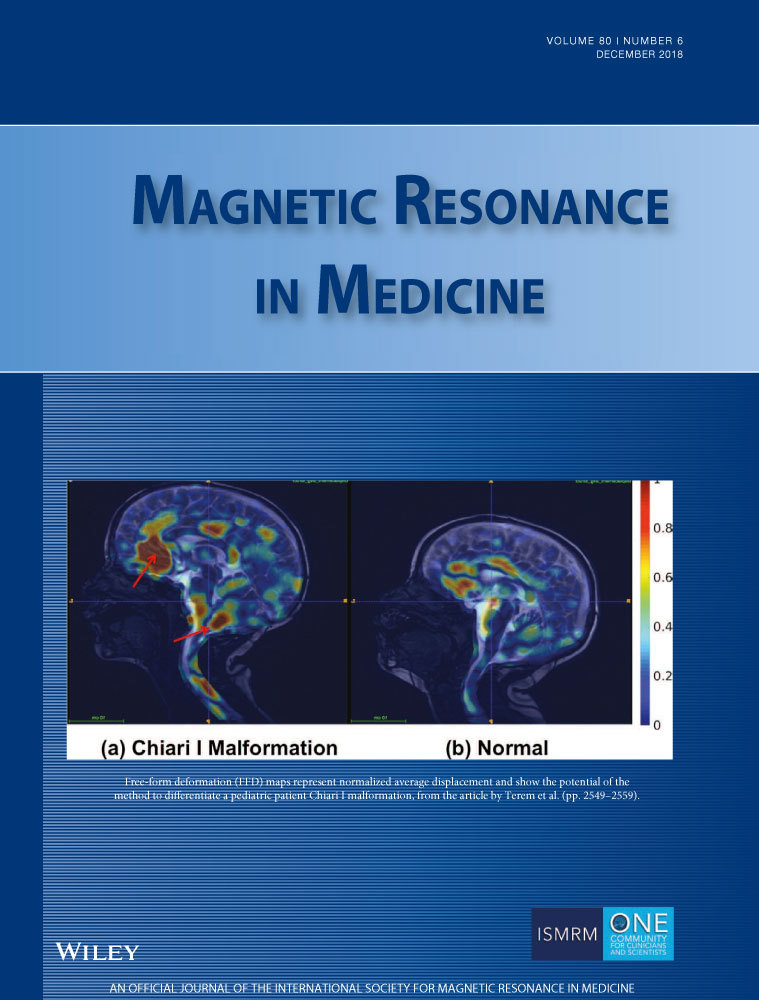Removal of hyperpolarized 129Xe gas-phase contamination in spectroscopic imaging of the lungs
Funding information: National Institutes of Health, Grant/Award Numbers: NIH/NHLBI R01 HL126771, NIH/NCRR 1 S10 OD016394, and NIH/NCATS UL1 TR000427 to UW ICTR
Abstract
Purpose
A novel technique is presented for retrospective estimation and removal of gas-phase hyperpolarized Xenon-129 (HP 129Xe) from images of HP 129Xe dissolved in the barrier (comprised of parenchymal lung tissue and blood plasma) and red blood cell (RBC) phases. The primary aim is mitigating RF pulse performance limitations on measures of gas exchange (e.g., barrier–gas and RBC–gas ratios). Correction for gas contamination would simplify technical dissemination of HP 129Xe applications across sites with varying hardware performance, scanner vendors, and models.
Methods
Digital lung phantom and human subject experiments (N = 8 healthy; N = 1 with idiopathic pulmonary fibrosis) were acquired with 3D radial trajectory and 1-point Dixon spectroscopic imaging to assess the correction method for mitigating barrier and RBC imaging artifacts. Dependence of performance on TE, image SNR, and gas contamination level were characterized. Inter- and intra-subject variation in the dissolved-phase ratios were quantified and compared to human subject experiments before and after correction.
Results
Gas contamination resulted in image artifacts similar to those in disease that were mitigated after correction in both simulated and human subject data; for simulation experiments performance varied with TE, but was independent of image SNR and the amount of gas contamination. Artifacts and variation of barrier and RBC components were reduced after correction in both simulation and healthy human lungs (barrier, P = 0.01; RBC, P = 0.045).
Conclusion
The proposed technique significantly reduced regional variations in barrier and RBC ratios, separated using a 1-point Dixon approach, with improved accuracy of dissolved-phase HP 129Xe images confirmed in simulation experiments.




